Cisco Wireless IP Phone 8821 – CP-8821-K9-BUN
Call for Price
| Note: For full hardware support, including the perpetual network stack customers will require Smart Net Total Care for 24x7x365 Cisco Technical Assistance Center (TAC) support, |
| Cisco Smart Net Total Care Service |
| Fulfillment: UAE End Users only |
| Cisco Wireless IP Phone 8821 Data Sheet |
Cisco Wireless IP Phone 8821 – CP-8821-K9-BUN
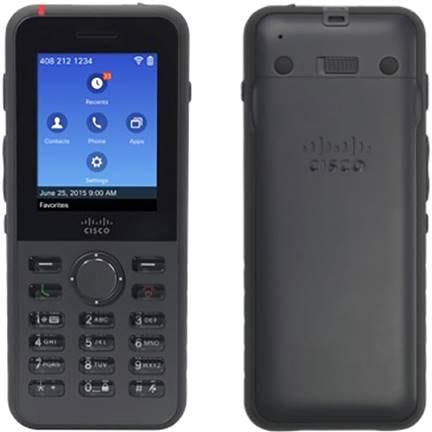
Cisco Wireless IP Phone 8821
The Cisco© Wireless IP Phone 8821 is a ruggedized, resilient, and secure 802.11 wireless LAN handset that delivers cost-effective, on-premises, comprehensive Voice over Wireless LAN (VoWLAN) communications for the highly mobile in-campus worker.
Overview
The 8821 is specifically designed for workers whose roles are in more rigorous, industrial settings. Examples of ideal use cases include nurses and doctors in healthcare, operations and engineering staff in manufacturing, customer service representatives in retail, service staff such as maids in hospitality, and workers on rigs in the oil and chemical industries.
While the 8821 is sleek and lightweight, the design is hardened for users. It is Ingress Protection standard (IP54) rated and is sealed for protection against dust, splash and water. The device is also MIL-STD-810G tested, with a dozen drops onto concrete from heights of up to 5 feet (1.5 m), to help ensure shock resistance and avoid breakage if dropped.
The 8821 enhances security and simplifies configuration management. Stronger encryption is supported for certificate management and policy enablement with the support of Secure Hash Algorithm 2 (SHA-2). Simple Certificate Enrollment Protocol (SCEP) eases IT administration by enabling automatic certificate management on the device.
End users will enjoy a larger, higher-resolution color display and a user experience that is common with Cisco IP Phone 8800 Series desk phones. In addition, roaming between access points within the campus will support more seamless voice communications with the 8821’s support of Fast Transition (802.11r). This protocol was specifically designed for mobile Voice over IP (VoIP) communications devices within Wi-Fi networks. Bluetooth is supported for the user’s choice of third-party wireless headsets and adds freedom by untethering the user from the handset.
The 8821 supports Cisco and/or third-party XML applications such as push-to-talk.
A full suite of accessories, including desktop chargers, cases, holsters, and multicharger, are available from Cisco to support deployments. Consult the Cisco Wireless IP Phone 882x Series Accessory Guide options and details.
Cisco Wireless IP Phone 8821
Features
The Cisco Wireless IP Phone 8821 (Figure 1) is designed for users in rigorous workspaces as well as general office environments. It supports a wide range of features for enhanced voice communications, Quality of Service (QoS), and security. Some of the main benefits and highlights are listed here:
● IEEE 802.11a/b/g/n/ac radio for VoWLAN communications support
● The large 2.4-inch (6 cm) color (240 x 320 pixels) display makes viewing easy
● IP54-rated for protection against dust, splash, and water
● MIL-STD-810G standard for shock resistance
● The phone offers exceptional voice quality with High-Definition (HD) voice
● A built-in full-duplex speakerphone offers high-quality hands-free communications
● The phone supports third-party Bluetooth 3.0 headsets and a 3.5-mm headphone jack for added freedom
● The Applications key provides direct access to XML applications such as push-to-talk and Lone Worker
● Battery life delivers up to 11.5 hours of talk time
● Enhanced encryption support for SHA-1 and SHA-2 signatures
● Fast, secure roaming using 802.11r and Cisco Centralized Key Management roaming
● Automatic certificate renewal – SCEP support
Table 1 provides a list of the phone’s features, Table 2 summarizes the wireless characteristics, Table 3 lists specifications, and Table 4 provides certification and compliance information.
Table 1. Features
|
Item |
Description |
|
Features |
● Six line appearances
● Abbreviated dialing
● Adjustable ringing and volume levels
● Adjustable display brightness and timeout
● Audible and vibrating ringers
● Auto-answer
● Auto-detection of headset and auto-answer from headset
● Automatic keypad lock
● Callback
● Call forward
● Call history lists
● Call park
● Call pickup
● Call timer
● Call waiting
● Caller ID
● cBarge
● Corporate directory
● Conference
● Direct transfer
● Extension mobility service
● Fast-dial service
● Group call pickup
● Hold
● Hotkey for keypad lock, ring silent mode, and voicemail access
● Immediate divert
● Join
● Last-number redial – green key
● Malicious caller
● Message-waiting indicator
● Meet-me conference
● Multilevel precedence and preemption (MLPP)
● Music on hold
● Mute
● Network profiles (4)
● OPickUp
● Personal directory
● Predialing before sending
● Presence
● Privacy
● Quality Report Tool (QRT)
● Redial
● Ring tone per line appearance
● Service URL
● Shared line
● Time and date display
● Transfer
● Network hold
● Hospitality
● Support for mutual-authentication Transport Layer Security (TLS)
● Cisco Unified Communications Manager WLAN profiles
● +Dialing
● Application launch pad
● Busy Lamp Field (BLF)
● BLF pickup
● BLF speed dial
● Call forward notification
● Forced authorization and client matter codes
● Intercom
● Mobility
● Silent monitoring and recording
● Speed dial
● Voicemail
● Whisper coaching
● Ring setting – phone active (ring, ring once, beep, flash)
● Predictive search on new call
|
|
Buttons |
● Power button
● Volume up/down
● Two soft-key buttons to access screen-based applications, features, and functions
● Green key (answer/send/redial) and red key (power/end call)
● Application button
● Mute
● Speakerphone
● Five-way navigation support
● Numeric keypad (0–9, *, &, #)
|
|
Codecs |
● G.711a, G.711u
● G.729a, G.729ab
● G.722
● Internet Low Bitrate Codec (iLBC) audio-compression codecs
● iSAC
|
|
LEDs |
● Ring, message waiting, Wi-Fi status, and charging LEDs
|
|
Protocol |
● Session Initiation Protocol (SIP)
|
|
Call control |
● Cisco Unified Communications Manager: 9.1(2), 10.5(2), 11.0(1), and later
● Cisco Unified Survivable Remote Site Telephony (SRST): 10.5, 11.0, 11.5, 11.7, and later
● Cisco Unified Communications Manager Express: 10.5, 11.0, 11.5, 11.7 (native support), and later
● Cisco Hosted Collaboration Solution (HCS): 9.x, 10.x, 11.x, and later
|
|
Security features |
● Certificates
● Image authentication
● Device authentication
● File authentication
● Signaling authentication
● Secure Cisco Unified SRST
● Media encryption using Secure Real-Time Protocol (SRTP)
● Signaling encryption using TLS Protocol
● Certificate Authority Proxy Function (CAPF)
● Simple Certificate Enrollment Protocol support (SCEP) for certificate renewal
● Secure profiles
● Encrypted configuration files
● Cryptography is not enabled by default and may be enabled only through a cryptographically enabled Cisco Unified Communications Manager
|
|
Provisioning and management |
● Configuration via Cisco Unified Communications Manager, SRST, and Unified Communications Manager Express administration interfaces
● Bulk provisioning support via desktop charger and USB to Ethernet dongle combination
● Web server for configuration and statistics
● Capability to disable local phone settings
● QoS reporting: Jitter, delay, dropped packets, and latency on a per-call basis
● Real Time Control Protocol (RTCP) support and monitoring
● Syslog
|
|
Configuration options |
● Dynamic Host Configuration Protocol (DHCP) client or static configuration
● Support for online firmware upgrades using Trivial File Transfer Protocol (TFTP)
● Domain Name System (DNS)
|
|
Application framework |
● XML (support push-to-talk, paging, and other 3 rd party applications)
|
|
User localization |
Arabic, Bulgarian, Catalan, Chinese (Hong Kong), Chinese (China), Chinese (Taiwan), Croatian, Czech, Danish, Dutch, English (United Kingdom), English (United States), Estonian, Finnish, French (Canada), French (France), German, Greek, Hebrew, Hungarian, Italian, Japanese, Korean, Latvian, Lithuanian, Norwegian, Polish, Portuguese (Brazil), Portuguese (Portugal), Romanian, Russian, Serbian, Slovak, Slovenian, Spanish (Spain), Spanish (Colombia), Swedish, Thai, and Turkish |
|
Network localization |
Argentina, Australia, Austria, Belgium, Brazil, Canada, China, Colombia, Cyprus, Czech Republic, Denmark, Egypt, Finland, France, Germany, Ghana, Greece, Hong Kong, Hungary, Iceland, India, Indonesia, Ireland, Israel, Italy, Japan, Jordan, Kenya, Korea Republic, Lebanon, Luxembourg, Malaysia, Mexico, Nepal, Netherlands, New Zealand, Nigeria, Norway, Pakistan, Panama, Peru, Philippines, Poland, Portugal, Russian Federation, Saudi Arabia, Singapore, Slovakia, Slovenia, South Africa, Spain, Sweden, Switzerland, Taiwan, Thailand, Turkey, United Kingdom, United States, Venezuela, and Zimbabwe |
Table 2. Wireless characteristics
|
Item |
Specifications |
||
|
Protocols |
● IEEE 802.11a, 802.11b, 802.11g, 802.11n, 802.11ac
|
||
|
Frequency bands and operating channels |
● 2.412 to 2.472 GHz (channels 1 to 13)
● 5.180 to 5.240 GHz (channels 36 to 48)
● 5.260 to 5.320 GHz (channels 52 to 64)
● 5.500 to 5.700 GHz (channels 100 to 140)
● 5.745 to 5.825 GHz (channels 149 to 165)
● IEEE 802.11d can be used to identify available channels
|
||
|
Nonoverlapping channels |
● 2.4 GHz (20-MHz channels): up to 3 channels
● 5 GHz (20-MHz channels): up to 24 channels
● 5 GHz (40-MHz channels): up to 9 channels
● 5 GHz (80-MHz channels): up to 4 channels
|
||
|
Operating modes |
● Auto (preference to 5 GHz)
● 2.4 GHz only
|
||
|
Data rates |
● 802.11g: 6, 9, 12, 18, 24, 36, 48, and 54 Mbps
● 802.11ac: VHT MCS 0, MCS 1, MCS 2, MCS 3, MCS 4, MCS 5, MCS 6, MCS 7, MCS 8, and MCS 9
(MCS 9 available with VHT40 and VHT80 only) |
||
|
2.4-GHz receiver sensitivity |
IEEE 802.11b: ● 1 Mbps: -98 dBm
● 2 Mbps: -96 dBm
● 5.5 Mbps: -93 dBm
● 11 Mbps: -91 dBm
|
IEEE 802.11g: ● 6 Mbps: -95 dBm
● 9 Mbps: -94 dBm
● 12 Mbps: -93 dBm
● 18 Mbps: -90 dBm
● 24 Mbps: -87 dBm
● 36 Mbps: -84 dBm
● 48 Mbps: -79 dBm
● 54 Mbps: -77 dBm
|
● MCS 0: -95 dBm
● MCS 1: -92 dBm
● MCS 2: -90 dBm
● MCS 3: -87 dBm
● MCS 4: -83 dBm
● MCS 5: -78 dBm
● MCS 6: -77 dBm
● MCS 7: -75 dBm
|
|
5-GHz receiver sensitivity |
IEEE 802.11a: ● 6 Mbps: -94 dBm
● 9 Mbps: -93 dBm
● 12 Mbps: -92 dBm
● 18 Mbps: -89 dBm
● 24 Mbps: -86 dBm
● 36 Mbps: -83 dBm
● 48 Mbps: -78 dBm
● 54 Mbps: -76 dBm
|
IEEE 802.11n HT20: ● MCS 0: -94 dBm
● MCS 1: -91 dBm
● MCS 2: -89 dBm
● MCS 3: -86 dBm
● MCS 4: -82 dBm
● MCS 5: -77 dBm
● MCS 6: -76 dBm
● MCS 7: -74 dBm
|
IEEE 802.11n HT40: ● MCS 0: -91 dBm
● MCS 1: -88 dBm
● MCS 2: -86 dBm
● MCS 3: -83 dBm
● MCS 4: -79 dBm
● MCS 5: -75 dBm
● MCS 6: -73 dBm
● MCS 7: -72 dBm
|
|
|
IEEE 802.11ac VHT20: ● MCS 0: -93 dBm
● MCS 1: -90 dBm
● MCS 2: -87 dBm
● MCS 3: -84 dBm
● MCS 4: -81 dBm
● MCS 5: -76 dBm
● MCS 6: -75 dBm
● MCS 7: -74 dBm
● MCS 8: -70 dBm
|
IEEE 802.11ac VHT40: ● MCS 0: -90 dBm
● MCS 1: -87 dBm
● MCS 2: -85 dBm
● MCS 3: -82 dBm
● MCS 4: -79 dBm
● MCS 5: -73 dBm
● MCS 6: -72 dBm
● MCS 7: -72 dBm
● MCS 8: -67 dBm
● MCS 9: -66 dBm
|
IEEE 802.11ac VHT80: ● MCS 0: -87 dBm
● MCS 1: -83 dBm
● MCS 2: -81 dBm
● MCS 3: -78 dBm
● MCS 4: -75 dBm
● MCS 5: -73 dBm
● MCS 6: -68 dBm
● MCS 7: -68 dBm
● MCS 8: -64 dBm
● MCS 9: -62 dBm
|
|
Transmitter output power |
2.4 GHz: ● 802.11b: up to 17 dBm
● 802.11g: up to 14 dBm
● 802.11n HT20: up to 13 dBm
|
5 GHz: ● 802.11a: up to 14 dBm
● 802.11n HT20: up to 13 dBm
● 802.11n HT40: up to 13 dBm
● 802.11ac VHT20: up to 12 dBm
● 802.11ac VHT40: up to 12 dBm
● 802.11ac VHT80: up to 12 dBm
|
|
|
Antenna |
● 2.4 GHz: 2.4 dBi peak gain
● 5 GHz: 3.0 dBi peak gain
|
||
|
Access point support |
● Cisco unified access points
◦ Minimum: 8.0.121.0
◦ Minimum: 12.4(21a)JY
● Cisco Meraki ® access points
Note: Check deployment guide for more details around access point support and listing.
|
||
|
Wireless security |
Authentication: ● Wi-Fi Protected Access (WPA) versions 1 and 2 Personal and Enterprise
● Extensible Authentication Protocol – Flexible Authentication via Secure Tunneling (EAP-FAST)
● Protected Extensible Authentication Protocol – Generic Token Card (PEAP-GTC)
● Protected Extensible Authentication Protocol – Microsoft Challenge Handshake Authentication Protocol Version 2 (PEAP-MSCHAPv2)
● Extensible Authentication Protocol – Transport Layer Security (EAP-TLS)
|
Encryption: ● 40-bit and 128-bit static Wired Equivalent Privacy (WEP)
● Temporal Key Integrity Protocol (TKIP) and Message Integrity Check (MIC)
● Advanced Encryption Standard (AES)
Note: The access point must support AES as TKIP can only be used as the broadcast/multicast cipher. |
|
|
Fast, secure roaming |
● 802.11r (FT)
● Cisco Centralized Key Management (CCKM)
|
||
|
Signature types |
● Secure Hash Algorithm 1 (SHA-1) and Secure Hash Algorithm 2 (SHA-2)
|
||
|
Bit key types |
● 1024, 2048, and 4096 bit keys
|
||
|
QoS |
● IEEE 802.11e and Wi-Fi Multimedia (WMM)
● Traffic Specification (TSPEC)
● Traffic Classification (TCLAS)
● Enhanced Distributed Channel Access (EDCA)
● QoS Basic Service Set (QBSS)
|
||
Table 3. Specifications
|
Item |
Specifications |
|
Display |
● 2.4-in. (6-cm) color display with 240 x 320 pixel resolution
|
|
Dimensions (HxWxD) |
● Phone: 5.2 x 2.2 x 0.7 in. (13.2 x 5.6 x 1.7 cm)
● Battery: 7.8 x 2.9 x .165 in. (10.15 x 4.17 x .42 cm)
|
|
Weight |
● Device 4.4 oz (126 g), battery 1.3 oz (37 g), total = 5.7 oz (163 g)
|
|
Battery |
● Rechargeable Lithium ion 4.35V, 2060mAh smart battery (minimal capacity 3.8V, 2000mAh)
● For battery life information refer to the Battery Performance section later in this document
|
|
Input power |
● Phone: 100 to 240 VAC, ~0.2A, and 50 to 60 Hz
● AC adapters (by geographical region)
|
|
Operating temperature |
● Device: 14° to 122°F (-10° to 50°C)
● Battery: -4° to 140°F (-20° to 60°C)
|
|
Storage temperature |
● Device: -22° to 140°F (-30° to 60°C)
● Battery: -4° to 113°F (-20° to 45°C)
|
|
Relative humidity |
● 10% to 95% (noncondensing)
|
|
Vibration |
● 1.5 Grms maximum, 0.1 in. (2.5 mm) double amplitude at 0.887 octaves per minute from 5-500-5 Hz sweep, and 10-minute dwell on three major peaks in each of the three major mutually perpendicular axes
|
|
Thermal shock |
● -22°F (-30°C) 1 hour; 158°F (70°C) 1 hour
|
|
Altitude |
● Certified for operation: 0 to 6500 ft (0 to 2 km)
|
|
Endurance |
● Ingress Protection Standard IP54
● MIL-STD-810G Drop and Vibration procedures
|
|
Drop specs |
● Withstand multiple drops of 5 feet (1.5 m) onto concrete. 12 drops (6 faces, 4 edges, face, and bottom)
|
|
Headset |
● Wireless: Bluetooth SW 3.0 HW 4.0
● Wired: 3.5 mm stereo headphone/microphone jack
|
|
Connector |
● Magnetic USB 2.0 On The Go (OTG) connector
|
Disclaimer: Technical specification may differ from the above specified, refer cisco.com for product specific complete details.
Warranty
Cisco IP phones are covered by a Cisco standard 1-year replacement warranty. A Cisco Smart Net Total Care® optional service agreement is available for the Cisco Wireless IP Phone 8821, desktop charger, and multicharger only, not for other accessories, such as batteries and carrying cases. The 8821 battery has only a 90-day warranty.









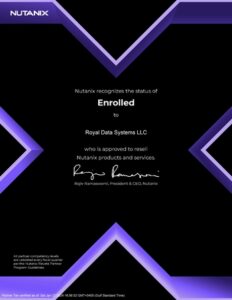

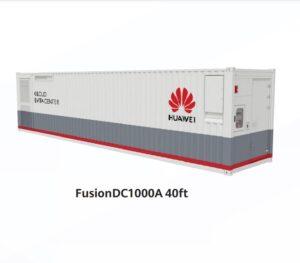




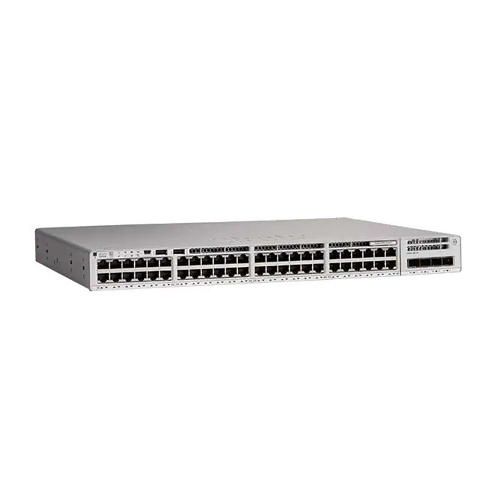

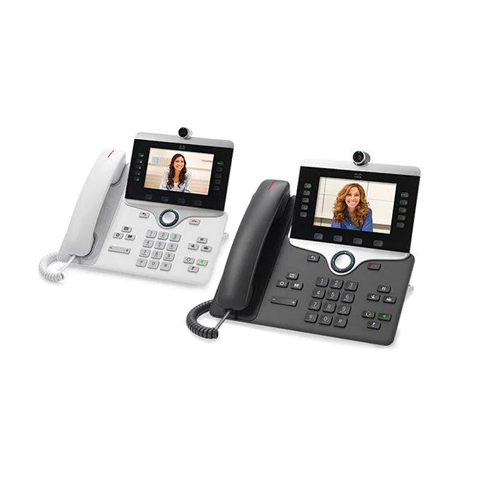
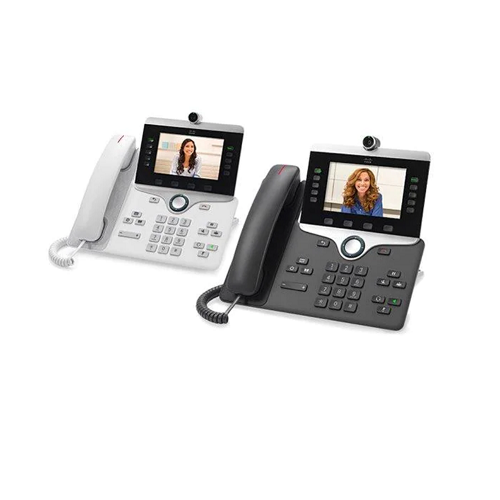
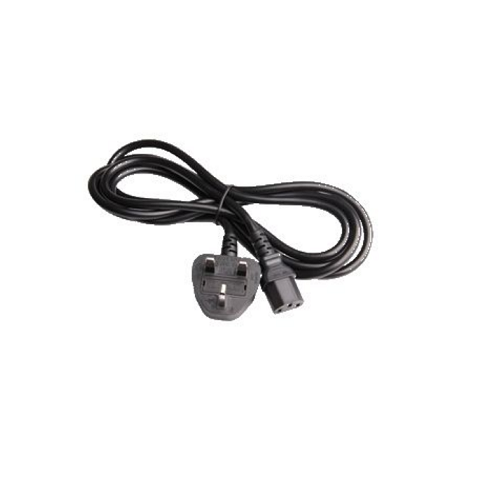
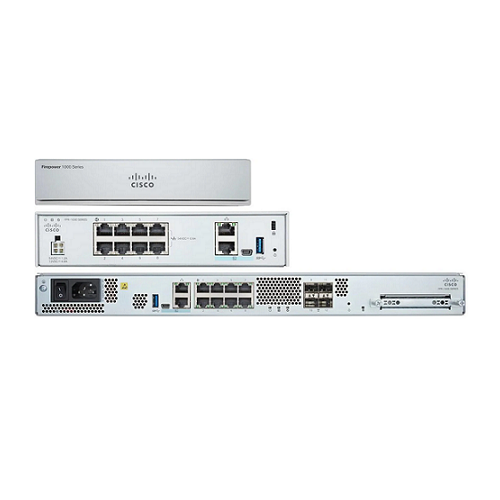

Reviews
There are no reviews yet.